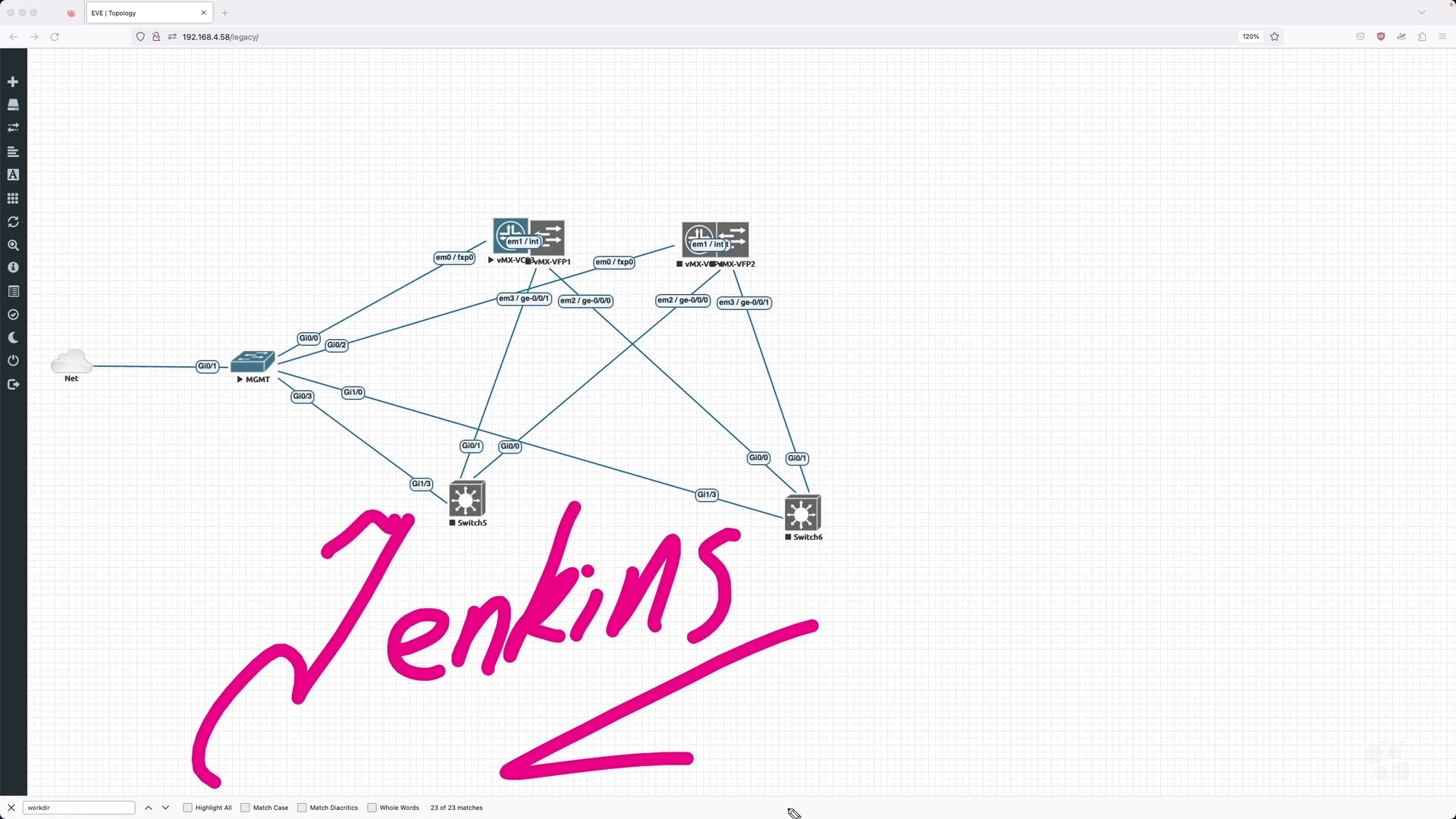در حال حاضر محصولی در سبد خرید شما وجود ندارد.

در این روش نیاز به افزودن محصول به سبد خرید و تکمیل اطلاعات نیست و شما پس از وارد کردن ایمیل خود و طی کردن مراحل پرداخت لینک های دریافت محصولات را در ایمیل خود دریافت خواهید کرد.


LPIC-2 Online Training

CompTIA Linux+ (XK0-005) Online Training

نحوه ایجاد و نصب یک سیستم فایل لینوکس

نحوه تغییر مجوزهای فایل در لینوکس

دستورات شبکه در لینوکس برای مدیران سیستم

اتوماسیون شبکه ها با Ansible

کار با توابع در زبان Python

نحوه اجرای دستورات مربوط به فایل ها در لینوکس

Red Hat Certified System Administrator (RHCSA) Exam EX200 Online Training

LPIC-2 Online Training
✨ تا ۷۰% تخفیف با شارژ کیف پول 🎁
مشاهده پلن ها